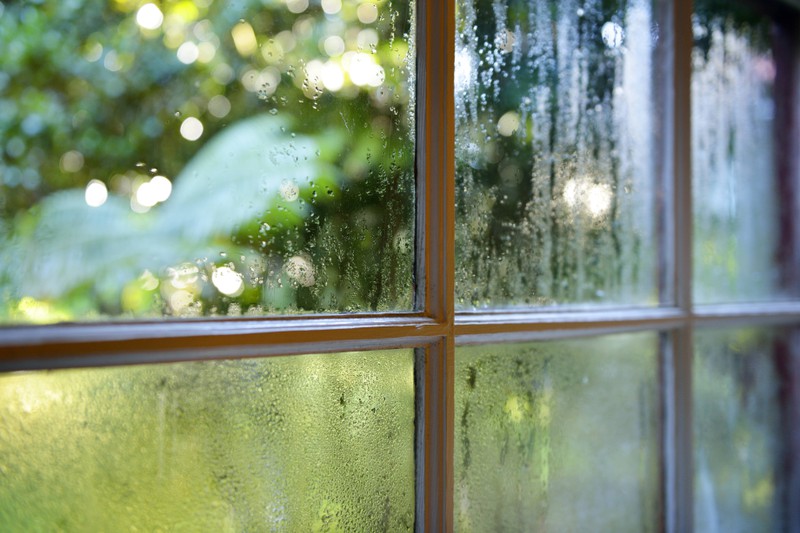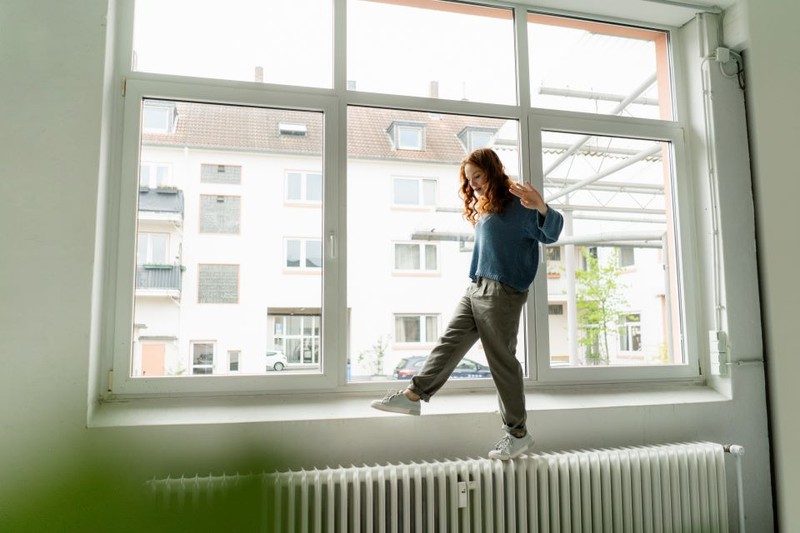Wet Windows: Condensation In The Morning - Hacks To Prevent Humidity
You surely know the problem too, right? Condensation on windows in the morning can lead to moldy surfaces. Here are helpful hacks for wet windows:

Many people know the unpleasant problem, especially during the cold winter months. You wake up in the morning, ideally feeling well-rested and looking forward to the day, and then you notice that all of your windows, particularly those in your bed room, are wet. The culprit has a name, and it's called "condensation". On the one hand, it limits your sight of what's going on outside your windows, the light can't come in as unhindered as it should. On the other hand, condensation on windows can cause damage to your windowsill. If worst comes to worst, it might even cause mold, which again, can quickly turn into a health issue. Luckily, we have some simple hacks for you!
Ensuring that your room is sufficiently ventilated once a day is simply not enough. We'll take a closer look at the problem and suggest some helpful tips to prevent it from happening again:

1. When You Air Your Room, do it Right
We are responsible for a large amount of the humidity in our homes, for example by taking a shower, watering our plants (where are all the plant moms and dads at?!) or by letting the laundry dry inside. Moisture settles on the coldest surfaces of our homes – those are usually our windows. You can decrease humidity in your home by airing your home regularly. However, you have to do it right! Open several windows, preferably those that are positioned opposite of each other, and ventilate a room for at least 15 minutes. While you shouldn't sleep with your windows open, it's best to let fresh air into your room right after getting up in the morning.
What else can you do?

2. Turn off the Heating While Ventilating Your Room
While you're airing your room (four times a day for at least 15 minutes), make sure to turn off the radiator. Obviously, it'd be quite counterproductive to let the nice, warm air escape through the window right away. Plus, it wouldn't help lowering the humidity in your home. As soon as you're done ventilating your room, you can turn the heating back on.
If you apply our next tip, you can eliminate the build-up of condensation altogether...

3. Reduce Dampness in Your Home
In order to have a less humid home, don't let humidity develop in the first place. As we've learned, moisture accumulates on the coldest surfaces of your room, i.e. your windows, and we no longer want this to happen. In order to achieve this, don't let any wet clothes dry inside your home. Either invest in a dryer, or, if you have that option, let it dry outside or in the basement of your apartment building. If none of these alternatives work for you, let your laundry dry in a room with a window and air this room as soon as you notice water evaporating.
There's even more you should consider:

Whenever you do something that humidifies your home, such as taking a shower, cooking a meal, or getting in a quick at-home workout (thanks, lockdown), make sure to ventilate your room extensively after, or preferably during those activities. Always turn on your extractor fan while you're cooking - you know how steamy it can get when preparing a delicious curry! Ample ventilation allows moisture to escape right away.
What did we learn? Regular ventilation is key!

